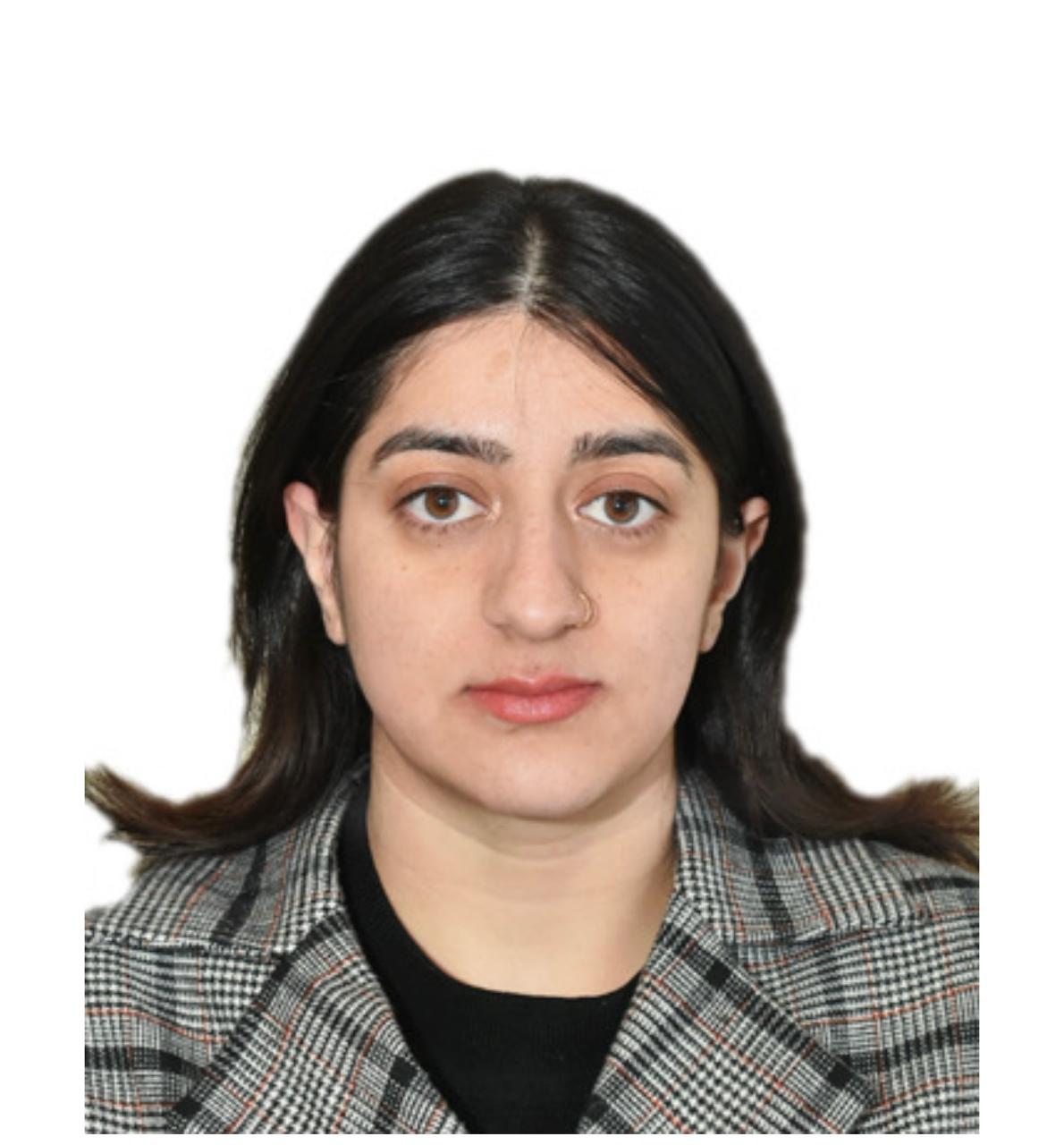
By Tamana Ajaz
Student of Clinical Psychology
tamanaajaz7@gmail.com
Freedom from Addiction: A Story of Hope
It was a peaceful spring afternoon when a family moved into a small, quiet neighborhood nestled in a serene valley. Five houses stood close together, and at the center was a modest bus station where life often began each day.
Soon, the new family met their neighbors. Among them were two sisters—one dreaming of a new Barbie doll, the other quietly observing, curious about growing up. Their grandfather stood nearby, gently assuring the younger one that they would get the doll on the weekend.
Two brothers also joined them at the station. One was just starting school, and the other was the same age as the younger sister. A simple morning meeting turned into friendships. The children began spending their days playing cricket, racing bicycles, and sharing laughter under an old Chinar tree—their symbol of strength and friendship.
As time passed, their bonds deepened. They grew together, learned together, and faced life’s early challenges side by side. But one day, their world started to change.
During one of their early-morning bike rides, they took a new path behind the fields. There, the oldest among them stumbled upon something strange: a group of older girls secretly exchanging a parcel with a man. When asked for directions, the girls became nervous. The scene sparked the girl’s curiosity—what was in that parcel, and why was it so secret?
Her questions grew. She noticed her peers talking about "cards"—not for identity, but tablets meant to ease pain or pressure. Digging deeper, she found that many students were using such substances. Some did it out of peer pressure, others to escape stress, trauma, or family issues. There was no proper education, no awareness, and curiosity often led them down the wrong path.Click Here To Follow Our WhatsApp Channel
Despite her earlier promise to stay away, the girl tried the tablets—just once, she told herself. But that one moment led to a spiral of addiction. The once-bright, active girl who laughed with friends now stayed hidden in her room, surrounded by empty wrappers.
The Chinar tree, once filled with their joy, now stood over silence. Her absence was deeply felt at the bus stop, during games, and in the lives of her friends. Meanwhile, schools were becoming places where drugs were easy to find. Workshops and awareness campaigns had stopped. Dealers now preyed on young minds, and addiction quietly grew.
But her story didn’t end there. Her friends, determined to bring her back, reached out to helplines and found effective rehabilitation support. After months of care and support, she began to recover. Slowly, she returned—not just to her friends, but to herself.
Her recovery lit a fire within her. She saw how easy it was for anyone to fall into addiction. In Kashmir alone, around 1.35 million people are affected by substance abuse—over 10% of the population. Around 33,000 syringes are used daily for heroin injections. These numbers show just how urgent this crisis is.
She realized that this fight is not just personal—it’s a community responsibility. She began raising awareness, talking about how easily drugs are accessed, and why strict control is needed. Her mission became clear: help others avoid what she went through.
Parents must stay involved in their children’s lives. Children must stay alert to signs of trouble in themselves and their friends. Healing is possible, but it starts with the mind.
Addiction is not freedom. Freedom lies in breaking the addiction. Help is available. Recovery is real. And the journey from pain to peace begins when we choose to heal.